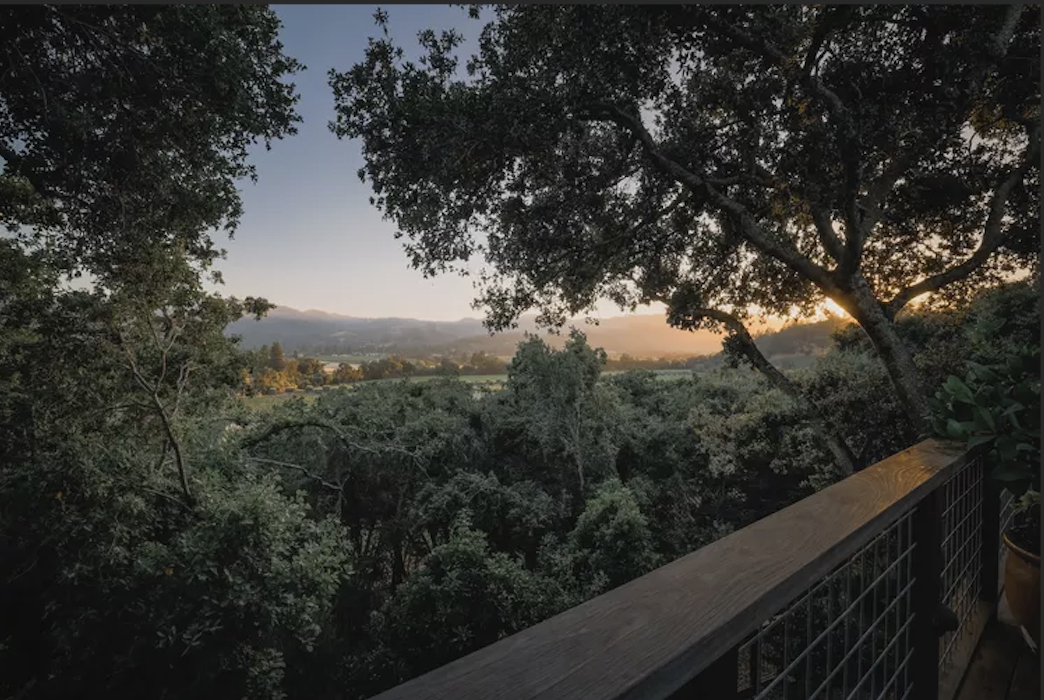Liquor January 2024
The Evolving Style of California’s Orange Wine
Somewhere along the way, orange wine in California went left.
“When we first started, we could not make enough,” says Brandt. “People were interested.” Getting the attention and understanding of critics proved difficult, though that lack of endorsement ultimately meant no one was pressured into one style. Over the years, Donkey & Goat released vermentino, sauvignon blanc, and grenache blanc orange wines, of varying fermentation lengths. Other producers fooled around with blending for more complexity, more balance, and slightly airier wine. Each vintage collected more fans.
“Orange wine was super popular at first as a novelty, then there was a backlash and it was really hard to sell,” says Matthiasson. “Now we’re in a third phase where it has a fan base that knows and loves it.”
While no one will dispute that California is the home of cabernet sauvignon, chardonnay, and zinfandel—the three wine varieties that still dominate the state’s offerings—an increasing variety of gewürztraminer, pinot gris, tocai friulano, and chenin blanc is finding its way into California’s newest old wine, skin-contact orange wine.
Perhaps surprisingly, it all started with Old World-inspired varietal bottlings in Napa Valley before progressive Central Coast winemakers took over. Today, the Golden State makes some of America’s favorite skin-contact white wines.

